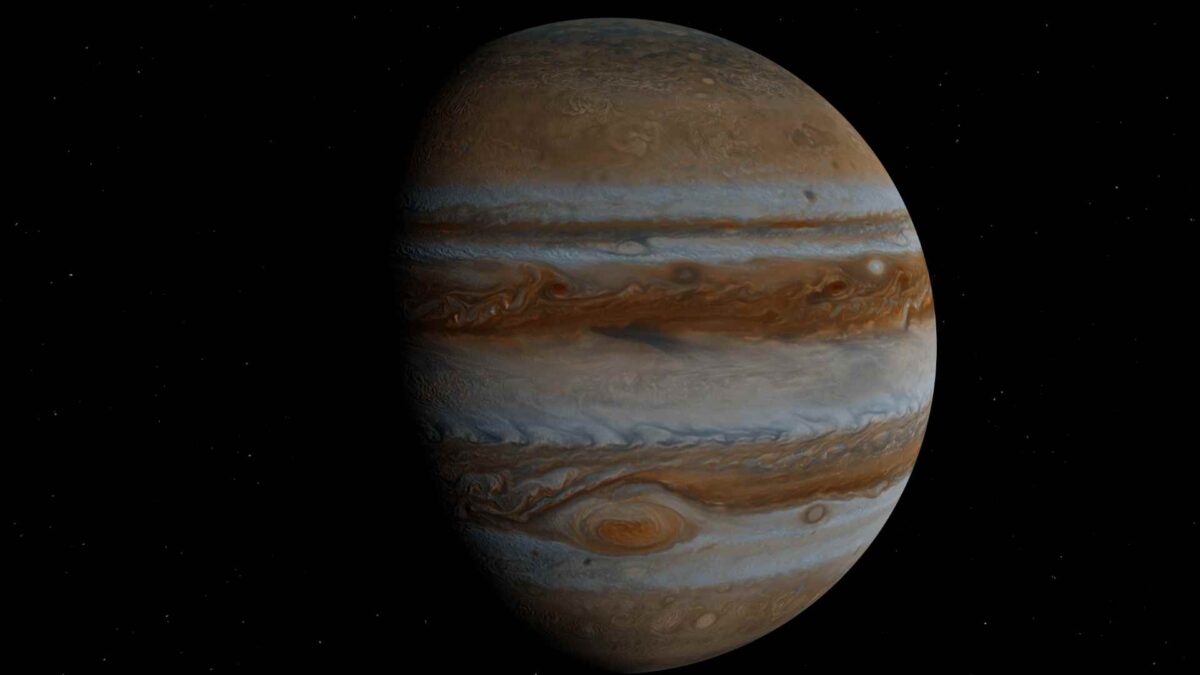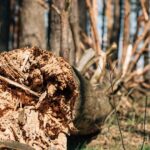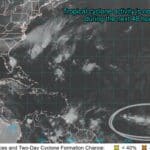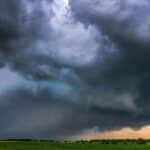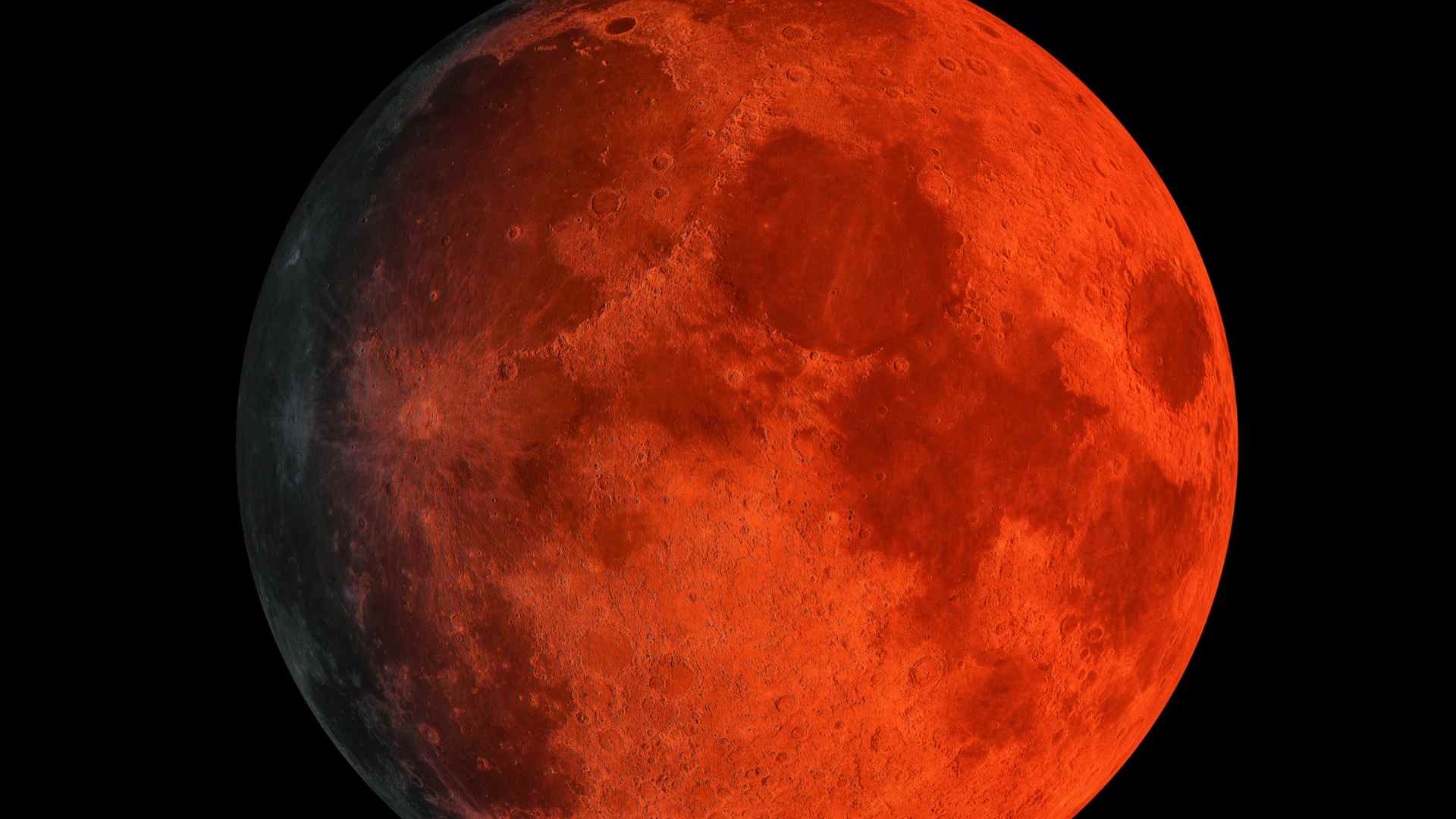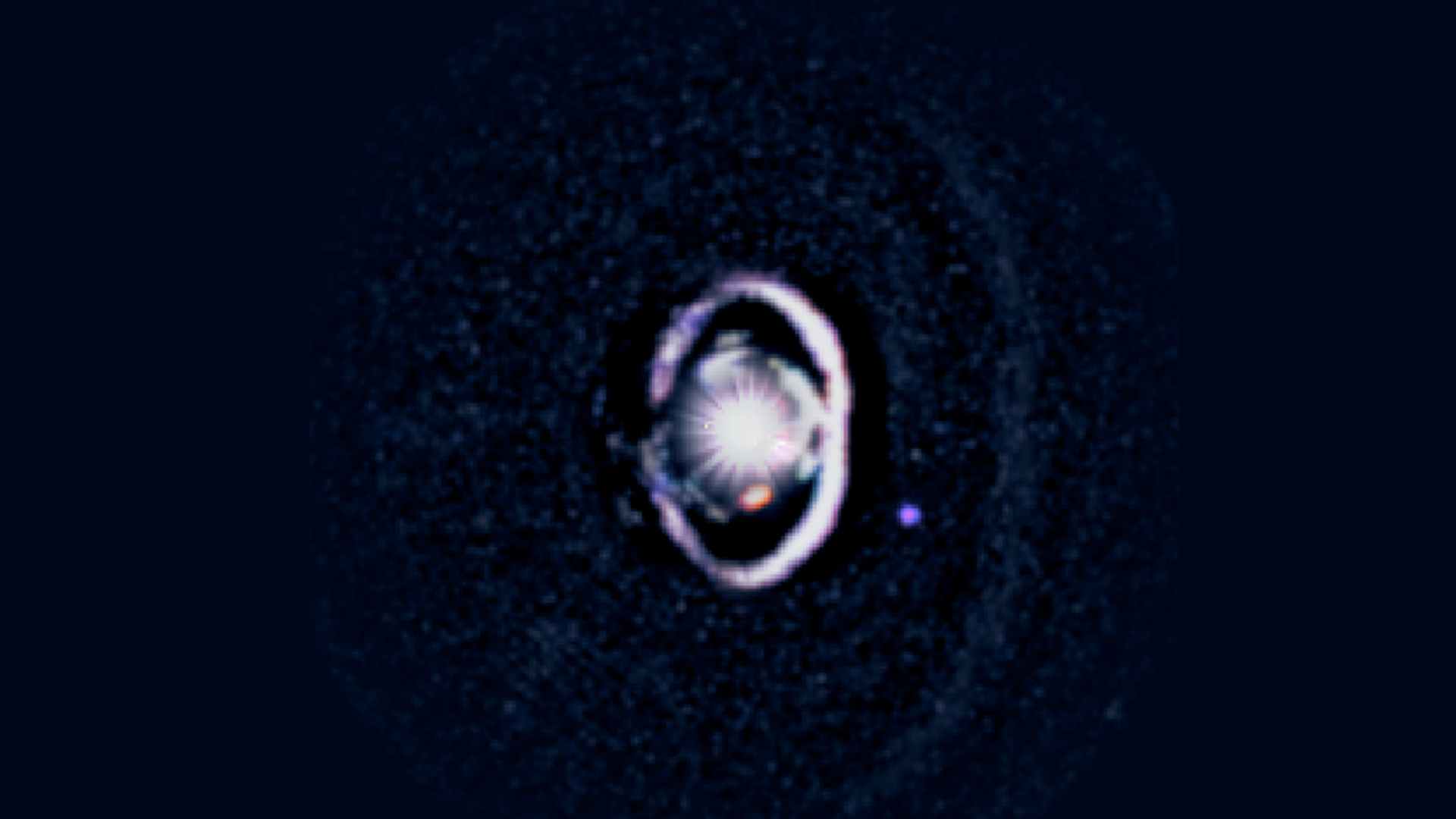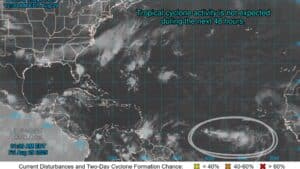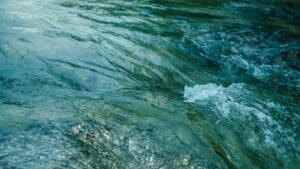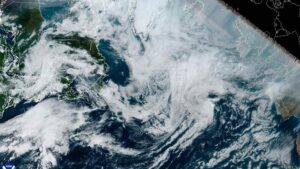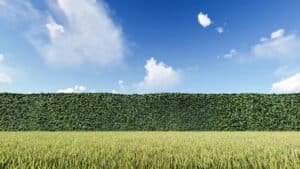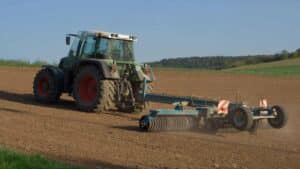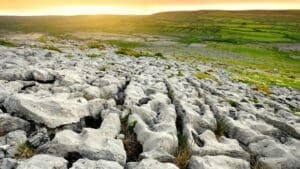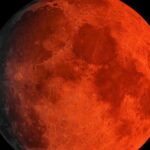
Meteorites reveal explosive birth of Jupiter
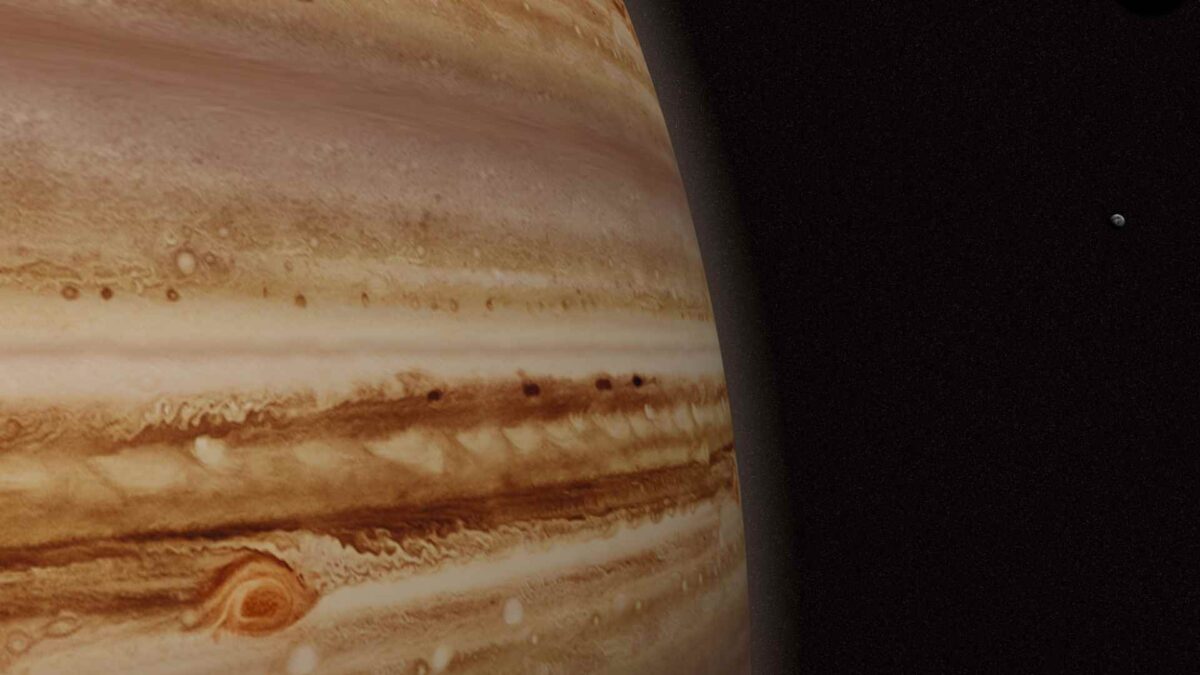
Jupiter may have been responsible for one of the most violent events in the early solar system, new research suggests.
Four and a half billion years ago, as the gas giant rapidly grew to its enormous size, its powerful gravity sent rocky and icy bodies careering into one another. The collisions were so intense that the rocks melted, forming tiny molten droplets called chondrules, which are still preserved today in meteorites that fall to Earth.
For the first time, researchers in Japan and Italy have determined how these droplets formed and used them to pinpoint when Jupiter was born. The study, published in Scientific Reports, shows that the size and cooling rate of chondrules were influenced by water in the colliding planetesimals, linking the formation of these meteorite grains directly to Jupiter’s growth.
Chondrules, spheres 0.1 to 2 millimetres wide, were incorporated into asteroids as the solar system formed. Billions of years later, fragments of these asteroids fell to Earth as meteorites. Scientists have long puzzled over how the droplets acquired their round shape.
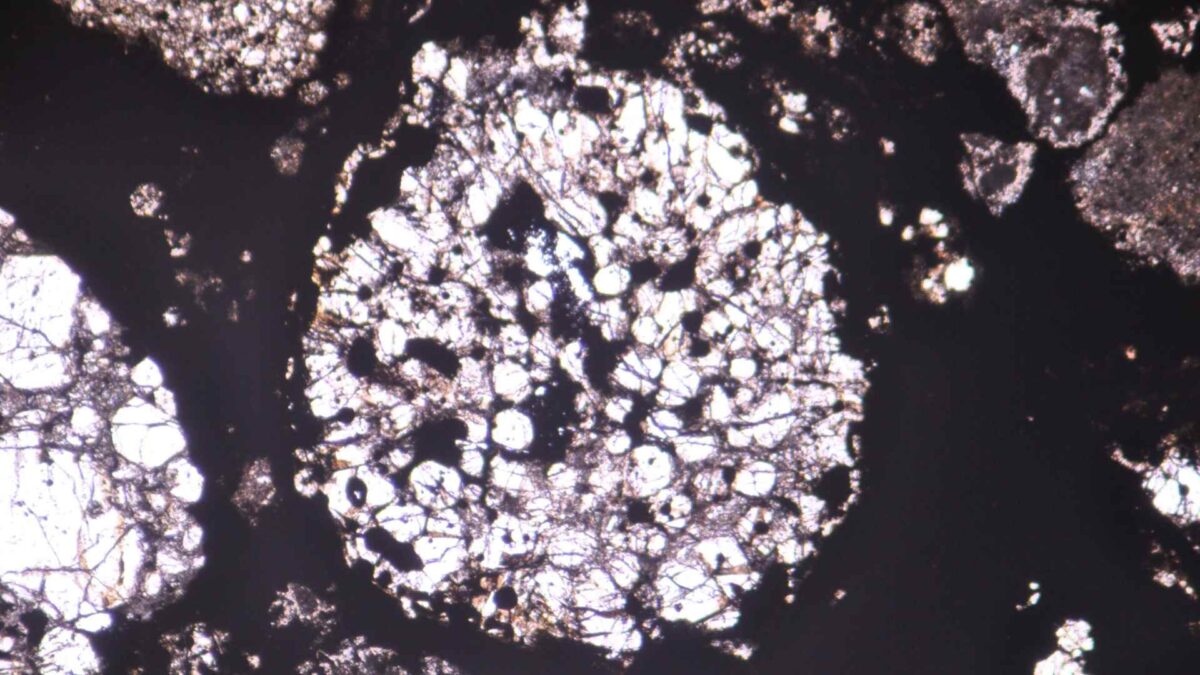
“When planetesimals collided, water instantly vaporised into expanding steam. This acted like tiny explosions and broke apart the molten rock into the droplets we see today,” said Professor Sin-iti Sirono of Nagoya University, co-lead author of the study.
Previous theories required highly specific conditions to explain chondrules. This new model shows they could form naturally in the early solar system during Jupiter’s formation. Computer simulations revealed that Jupiter’s gravity caused high-speed collisions among rocky and water-rich planetesimals. The characteristics of the simulated chondrules matched those in meteorites, showing that peak chondrule formation occurred 1.8 million years after the solar system began. This is also when Jupiter reached its massive size, according to the study.
The research provides a new way to date planet formation. While Jupiter triggered a burst of chondrule formation, other giant planets like Saturn may have caused additional chondrule production later. By studying chondrules of different ages, scientists can trace the sequence of planet formation and understand how our solar system evolved.
The findings also suggest that violent planet formation processes like these may occur around other stars, offering clues to the development of planetary systems beyond our own.
